Honkai: Star Rail review – a fantastic voyage through a rich universe

A well-endowed lady leisurely takes a sip from a cup of coffee while a giant space laser launches an orbital strike against her enemies, after which another character summons a huge chicken to crush her adversaries – the Ultimate animations for Honkai: Star Rail’s characters are a triumph, bringing the impact of those attacks to life in a spectacular manner.
Ultimates give you a lot of flexibility in the game’s turn-based combat system, because they can be activated outside of the turn order, allowing you to combo them in a specific way, interrupt an enemy before they take their turn, or simply make use of the attack before a character loses all their HP. You read that right: a turn-based combat system. Honkai: Star Rail might look a lot like Genshin Impact and the visuals are not where the similarities end, which isn’t a surprise as it’s coming from HoYoverse as well, but it’s a very different game at its core.
It’s worth noting that at the beginning of this review, since many might expect Honkai: Star Rail to follow the same gameplay formula. Where Genshin Impact is an open-world RPG with real-time combat, this title sports a turn-based combat system and is more akin to classic JRPGs, as you explore closed off maps. They are still pretty sizable and offer plenty of secrets to find, but you won’t be able to freely climb or glide around.
Honkai: Star Rail is different from Genshin Impact
- Combat is turn-based, not real-time.
- Exploration is focused on limited areas, not open-world.
- Control is limited to running, there is no climbing, jumping, or gliding.
- Paimon won’t steal your character’s lines.
That doesn’t mean HoYoverse hasn’t incorporated any lessons from Genshin Impact here – it’s quite the opposite. Players coming over from the studio’s phenomenal flagship title will find a lot of familiar elements from the user interface to how character acquisition and progression works.
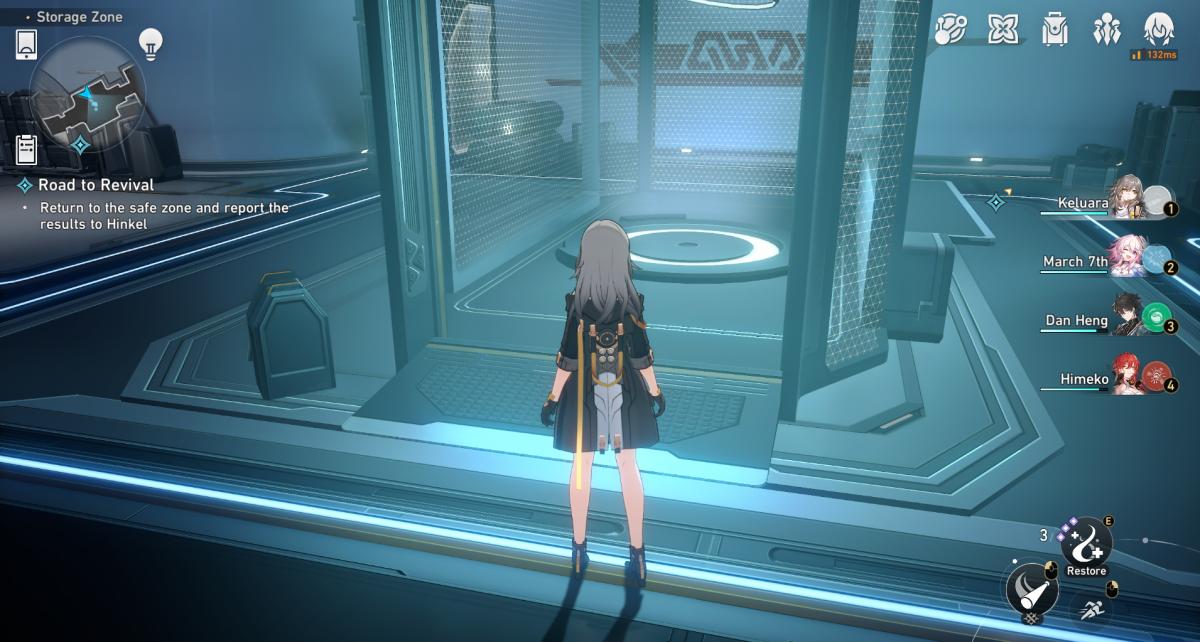
There is notable innovation in these areas as well, which I’d really like to see implemented into Genshin Impact one day. To name one example, ascension materials useful for progressing the characters can be farmed passively through daily assignments or exchanged from other resources, similar to how you can now exchange materials for wood in Genshin’s teapot. That makes the game incredibly easy to pick up for Genshin Impact veterans and improves upon that title’s user experience, reducing some of the more annoying farming.
Honkai: Star Rail is easy for Genshin Impact players to get into
- Character progression and acquisition function the same way.
- The UI is very similar, making navigation quite easy.
- Free, frequent updates with in-game events and additional content.
- Visual style is very similar, though there are marked improvements.
While Honkai: Star Rail follows a similar visual style, there are noteworthy improvements. The lip-syncing is worlds better, for example, and the characters have a lot more facial expressions and gestures they can use. The voice acting is once again of the highest quality and, best of all, there is no Paimon to steal the spotlight from your main character, who actually gets to have a personality in Honkai: Star Rail. As adorable as the little flying emergency food is sometimes, it’s one of the greatest failures of Genshin Impact to render Aether/Lumine speechless most of the time. While the MC here doesn’t talk all the time, we get to hear their voice a lot more.
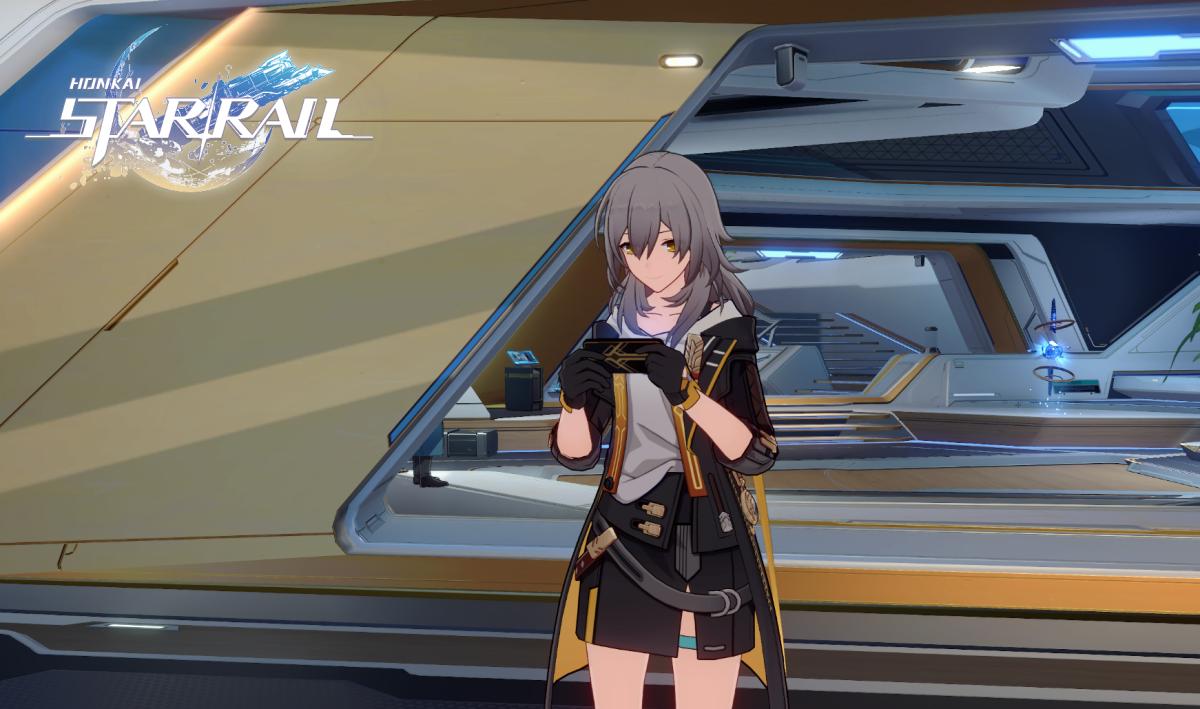
It turns out that our main character in this game, a mysterious figure who had something called a Stellaron implanted into their body, is a very fun person. There are lots of quippy dialog choices, which actually lead to different reactions sometimes. Again, it feels like the feedback regarding the lack of choices in Genshin Impact has made its way into this product.
Humor is one of this game’s big pluses – there’s a surprising amount of it, be it in the dialogs or all the environmental interactions you can do. You can search through trash cans in cities, for example, and every single one is going to give you different descriptions and dialog lines. There is a scene where you can – completely optionally – hide in a closet and scare your hotel’s room service. There is some genuinely funny stuff hidden in this game, which really incentivizes you to search every nook and cranny of the levels, as it feels rewarding simply for the new dialog.
That doesn’t mean that the world is not serious. As usual with HoYoverse, there is a whole lot of very deep lore you can dive into by reading item descriptions and books you find. The Stellaron in your body is also called the Cancer of Worlds and everyone’s bewildered how you’re alive – as are you. Who are these Stellaron Hunters who awakened you? What’s up with the semi-divine Aeons who are worshiped as gods and are the basis for both the game’s character class system as well as many of the setting’s factions? What's the backstory of the Astral Express' crew you joined up with? There are lots of open questions, and just like in Genshin Impact every answer leads to three new ones.
What’s available in the launch version – three different regions and chapters of the story – is already very intriguing and worth playing through by itself.
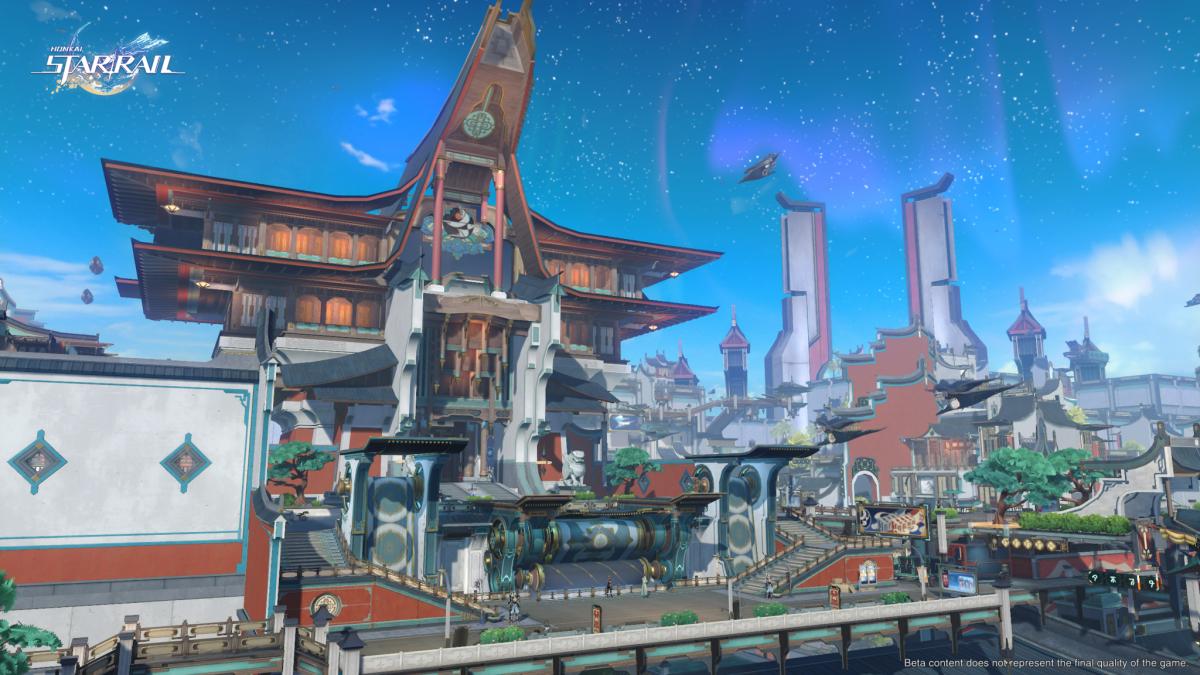
From the story to the animations (and the fan-service, let’s be honest), HoYoverse is sticking to its anime-loving roots here, putting all that passion and knowhow into their own take on the JRPG genre. As someone coming over from Genshin Impact and not having a lot of experience with JRPGs, this is a fantastic introduction to this type of game.
You spend more time in combat than exploring or experiencing the story, though. You trigger a battle by running into enemies inside a level. You can observe them from afar first, which will give you important information about which of the seven Damage Types the enemies in this group are weak against. This allows you to set up the perfect group of four characters to deal with them. There are seven class-like types of characters, each based on one of the Aeons, which helps you make a well-balanced team between damage dealers, tanks, and supports.
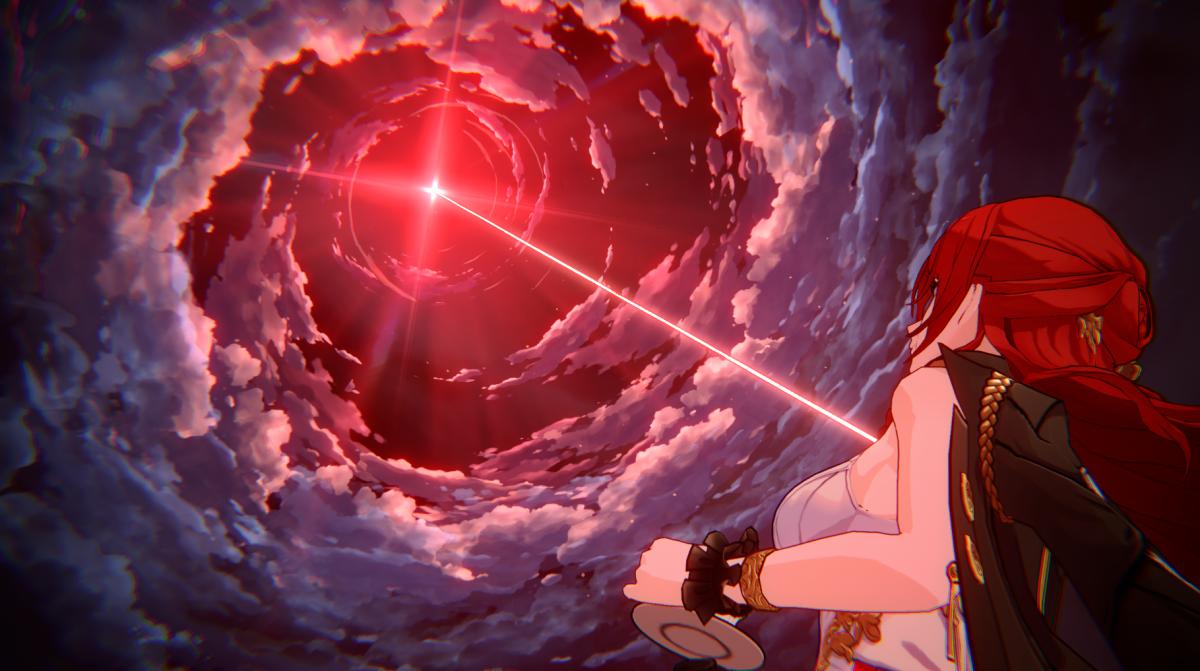
Each character comes with a Normal Attack, a Skill, and an Ultimate, but also a Technique. Techniques are used before combat (or to initiate it), providing a variety of buffs and debuffs, so it might be worth spending all three of your Technique Points on activating those before you go into an especially difficult fight.
Normal Attacks recover Skill Points in combat, which are used to activate Skills and are shared for the entire team, meaning you always have to plan ahead and set priorities. Ultimates are only available when you’ve collected enough Energy on a character. While Attacks and Skills can only be used during a character’s turn, you can activate an Ultimate at any point. There are also lots of characters that can do follow-up attacks outside of their turn when specific conditions are met, which gives combat a very fluent feeling overall. Animations, as mentioned earlier, are gorgeous to behold, but you can speed the combat up without a problem if you’re tired of seeing them. They add a lot of weight to some of the attacks, making them satisfying to pull off – especially in big combo chains.
Attacking enemies with the Damage Type they’re weak against doesn’t only lower their HP bar, but also their resistance bar. Getting the latter down to zero activates Weakness Break, which triggers a different effect for each Damage Type – stuff like stuns, debuffs, or damage-over-time effects. Hitting the right opponents with the correct attacks at the right time and controlling the momentum of the battle are the big things to strategize around in Honkai: Star Rail. That makes for engaging combat most of the time, though it’s hard to say how well that system will hold up once players have hundreds of hours in the game and maxed out their characters.
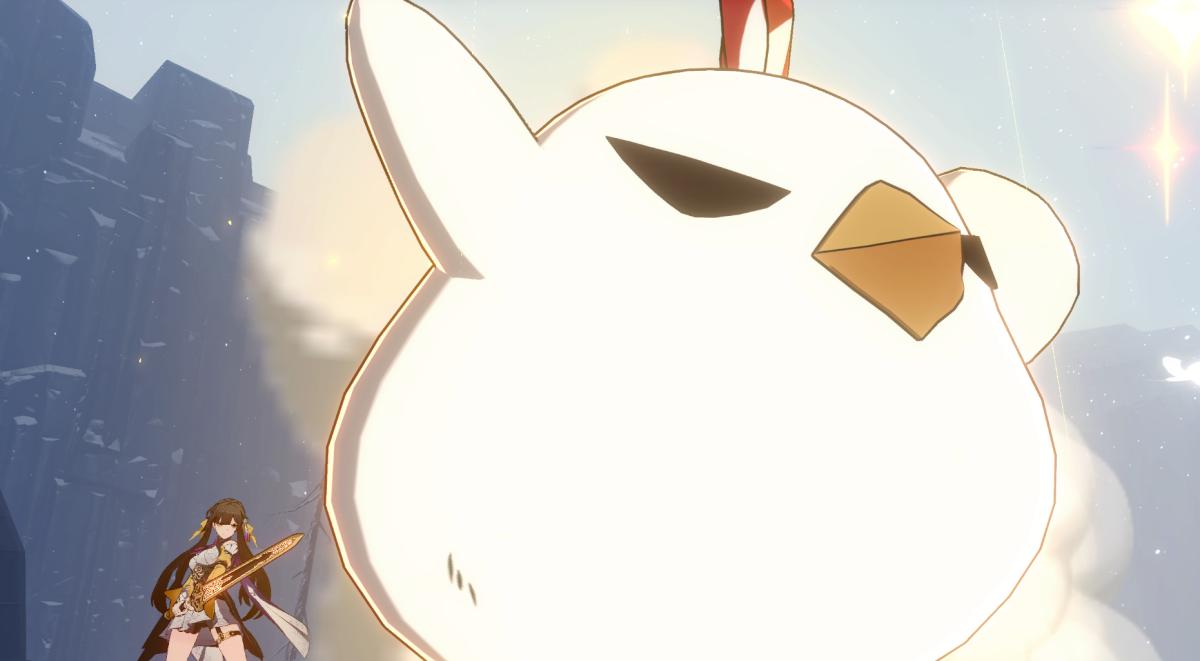
HoYoverse delivered something great on the soundtrack-side once again as well with several of the environmental and combat tracks being stuck in my head for hours without end.
Aside from story content, side missions, and all the activities around character progression, the game offers a permanent roguelike game mode, the Simulated Universe. You progress through a bunch of levels based on the title’s actual environments, meeting the same enemies. However, the Aeons support you with a randomized choice of power-ups after each battle, giving your runs a very unique flavor each time. One reckons there was a good deal of inspiration from Hades here, and it was put to excellent use.
In addition to that, Honkai: Star Rail will get the Genshin Impact treatment in terms of live-service: Every six weeks, HoYoverse will drop an update with a bunch of additional content like new story missions, characters, and in-game events – for free.
Monetization consists of the same things as in Genshin Impact, namely an optional gacha system that allows you to pull for characters and Light Cones (essentially weapons) by investing Star Rail Passes, which can be bought with real money. You’ll be able to unlock some characters for free and the game will always provide you with opportunities to get free pulls, so you’ll be able to experience Honkai: Star Rail without paying a penny, if you so wish.
All we can say for now is that Honkai: Star Rail is off to a very promising start. We don’t know where the journey of the Astral Express eventually leads us. Genshin Impact’s quality has only gone up in the years since it first launched, and if HoYoverse puts the same love and attention into Honkai: Star Rail, this is an adventure fans of the genre shouldn’t miss.
Score: 8/10
- Story and narrative (so far): 7/10
- Technical performance: 9/10
- Art: 8/10
- Audio and music: 8/10
- Mechanics and systems: 8/10
Honkai: Star Rail – technical breakdown
There have been zero issues with Honkai: Star Rail during my time with it. Even the most spectacular animations run as smooth as butter and loading times are minimal (it's basically how you'd expect a mobile-capable game to run on a beefy gaming PC).
I’ve been waiting a little longer for the login screen to pop up in the review version than in the final closed beta, but I assume this has to do with the fact that the review server is in the US, so establishing the initial connection from Europe might simply take a while. Latency isn’t a problem while playing thanks to combat being turn-based, so that’s a plus for anyone who usually has bad connections.
Version tested: PC.
